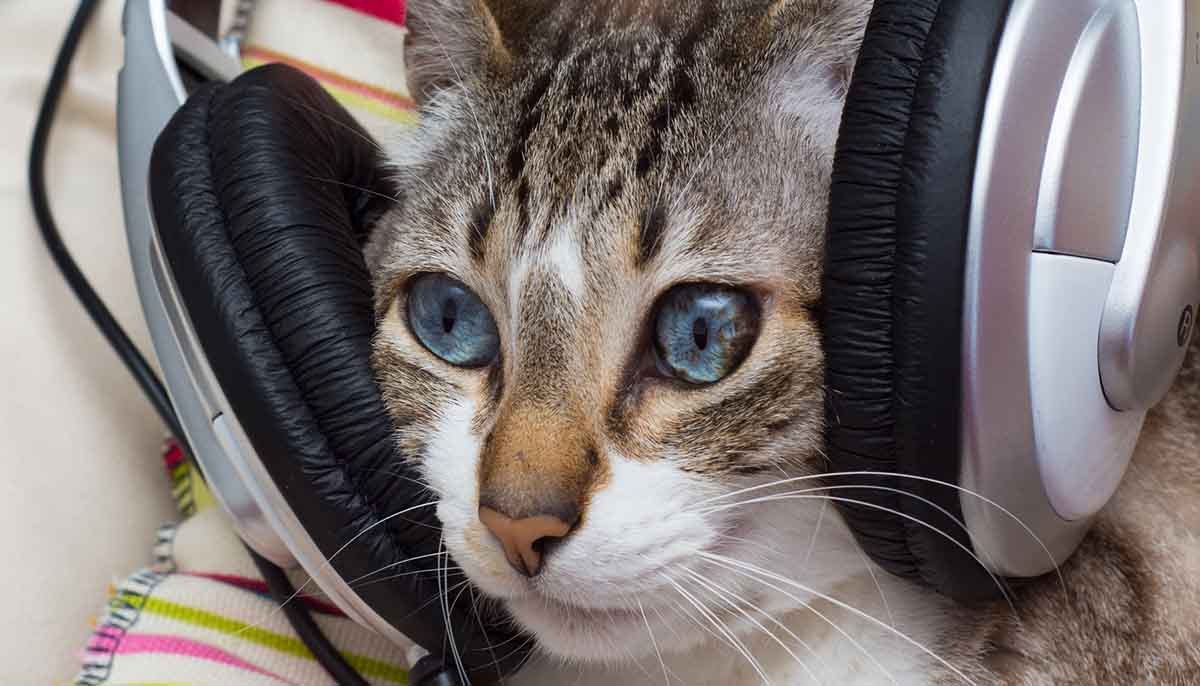
Music Effects on Animals
By now, most of us are familiar with all the benefits music can bring us, whether it’s mentally or phisically, there is no doubt that there are many ways we can respond to the sound of music, but that’s us humans, what about animals?
Animals can react to music in different ways as well, beyond the fact that birds sing to communicate with other species and mark territory.
The issue here is that is not that easy to see the effects of music on animals but according to some studies it has been proven that there are some changes in animal behaviour depending on the music they listen to, here are some examples.
Cats
Interestingly enough, cats don’t actually respond to any music we listen too, however, there is a type of music that they enjoy, you could call it “cat music”.
According to Charles Snowdon: “We are not actually replicating cat sounds,” he says, “we are trying to create music with a pitch and tempo that appeals to cats”.
Parrots
One common example of animals reacting to music is when it comes to parrots. There are many videos on social media of parrots singing famous songs
“Our data suggests that some of the brain mechanisms needed for human dance originally evolved to allow us to imitate sound,” said lead scientist Adena Schachner.
Dogs

Just like humans, dogs can also react to music as a relaxing thing, this has been proven with a study by the University of Glasgow, which showed that dogs were more relaxed in kennels when listening to reggae, slow rock music and classical music.
Cows
Cows can produce more milk when they listen to music that is under 100 rpm, in a way they produce more when they hear their favourite music
A 2001 study from the University of Leicester exposed a 1,000-strong herd of cows to music of differing tempos.
Music is a universal language and force of life, and it’s interesting to see how much does it affect every form of life on earth, as it not only affects animals and humans, it also affects plants and their growth.
Fish
In a 2013 study that was published in the journal Behavioral Processes, it was revealed that goldfish could distinguish between different composers.
In the experiment the idea was to train the goldfish to gnaw on a ball filled with food when the correct composer’s music was playing, surprisingly enough, they were able to react accordingly while identifying the pitch and timbre of the music they listened to.
David Teie
Composer and cellist, David Teie, has dedicated himself not just to play cello in the National Symphony Orchestra but also making music for animals, he says: ” “I know it sounds silly,” he says, “but what’s really silly is thinking that music could only be for one species.”
When asked about the inspirations he had in mind when making “cat music” he said:
I include a few instrumental versions of cat vocalizations like purring and the rhythm of suckling that all cats will have heard as their brains developed. The cello sounds are mostly for the human ears, to make the music palatable for the cat owners. The low tones are pretty much traffic noise to cats, so that’s where I include a layer of music for people.

I can’t say that I was inspired by any artists to create this music. In fact, when creating music for another animal, I regularly need to talk myself out of composing music that align with my own personal preferences.
insidetherift.net
It’s not something that is very common among musicians but it’s certainly a good thing to explore since we now know music affects animals in so many different ways.
As we humans ransack the place and take over the land, more and more species will be only viable in captivity. I believe that the least we can do is to try to bring some enjoyment and beauty into their captive worlds. Since beauty is in the eye of the species, it will not be the beauty that we enjoy, but beauty that is tailored to the perceptions and desires of each species.
insidetherift.net
